The Rice Diet – How It Works, What To Eat, And Benefits
Shed those extra pounds and regulate your sugar levels with this short-term diet.
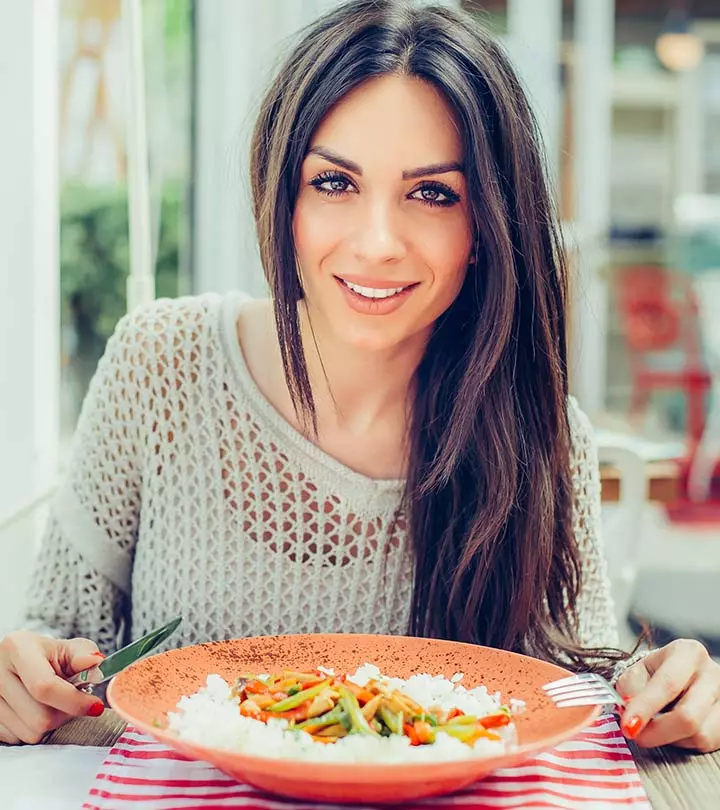
Image: Shutterstock
Rice can lower high cholesterol and high blood pressure (1). Yes, you heard that right! In fact, a rice diet can also reduce hypertensioni High blood pressure caused due to the excess pressure exerted by the blood on artery walls. . Moreover, it may reduce the risk of heart disease and diabetes (1). Bill Bradley, RD, says, “Rice is important in the diet because it’s rich in carbohydrates. Carbohydrates keep you energized. It’s also a rich source of B Vitamins that help improve nervous system health.”
Kitty Gurkin Rosati (MS, RD, LDN) and Dr. Robert Rosati published a highly successful book on this diet – The Rice Diet Solution – in 2006. Why is the rice diet followed by so many people? Read on to demystify the rice diet, its benefits, and everything else you need to know about this diet that works so well. Scroll down!
 At A Glance: Rice Diet
At A Glance: Rice Diet- Principle: A balanced diet including foods high in complex carbs, limited dairy, and foods low in sodium
- Purpose: To possibly improve heart health and treat diabetes
- Who It Is For: Individuals with high blood pressure, diabetes, heart disease, high cholesterol, and gluten sensitivity
- Duration: Short-term
- Who Should Avoid: Individuals with low potassium levels, and those who are advised to refrain from rice due to other medical conditions
- Cons: May cause tiredness and constipation.
In This Article
What Is The Rice Diet And How Does It Work?
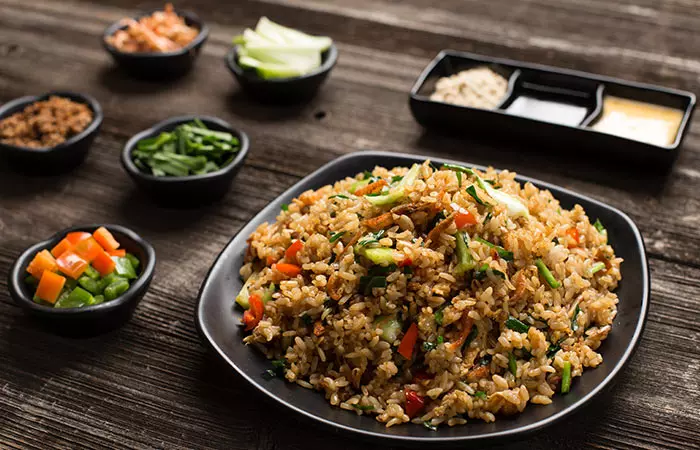
When looking for a well-rounded approach to nutrition, exploring the best and effective diets available can provide valuable insights. The rice diet is a low-calorie, low-sodium diet created by Dr. Walter Kempner in 1939. While working as a professor at Duke University in Durham, North Carolina, Dr. Kempner created a dietary approach to help his patients lower blood pressure, improve kidney function, and keep a check on obesity.
The reason this diet works for treating people with hypertension or obesity lies in the foods allowed for consumption. It includes foods high in complex carbs, limited dairy, and foods low in sodium.
- Complex carbs take longer to get digested (2), thereby reducing hunger.
- Low-sodium intake may prevent the body from storing excess water weight and reduce the pressure on the kidneys. However, more research is needed in this regard.
- A low-calorie diet (800 calories per day) is allowed initially, which is then increased up to 1200 calories per day.
, Nutritionist and Naturopathici Doctors that specialize in natural and non-invasive remedies for healing. Herbalist, says, “Inflammation is one of the most important factors in obesity, and a high sodium diet contributes to inflammation. So during that first phase of the rice diet, a particular emphasis is placed on limiting salt to eliminate bloating and is continued throughout the diet so that the weight loss process goes smoothly without inflammation interfering with the fat detox process.”
Matthew Scarfo, NASM Fitness Nutrition Specialist and Precision Nutritionist Counselor, adds, “The rice diet, in addition to being a low-salt diet, also is a low-fat diet. This is great for those with fatty liver disease, as it can help reduce cholesterol levels in the body. In fact, a 2014 study from the Korea Food Research Institute found that cooked rice may help improve cases of non-alcoholic fatty liver disease.”
In a nutshell, low-calorie, low-sodium, and high-fiber foods are the reasons behind the success of the rice diet. Whether you choose to follow a vegetarian, traditional rice diet, plant-based Mediterranean-style eating, or DASH-based diet, there are many ways to make healthy and delicious meals that support diabetes management and improve overall health. Now, let’s check out what foods you should consume and what to avoid.
Key Takeaways
- The rice diet is a low-calorie and low-sodium diet mostly used by people with hypertension and obesity.
- This restrictive diet excludes sodas, bottled juices, refined flours, and candies, while fresh fruits, whole grains, lean protein, and low-fat dairy are allowed.
- It can reduce body fat, cholesterol, and blood pressure.
- But side-effects like irritation, nausea, weakness, nutritional deficiencies may occur.
Rice Diet Foods List
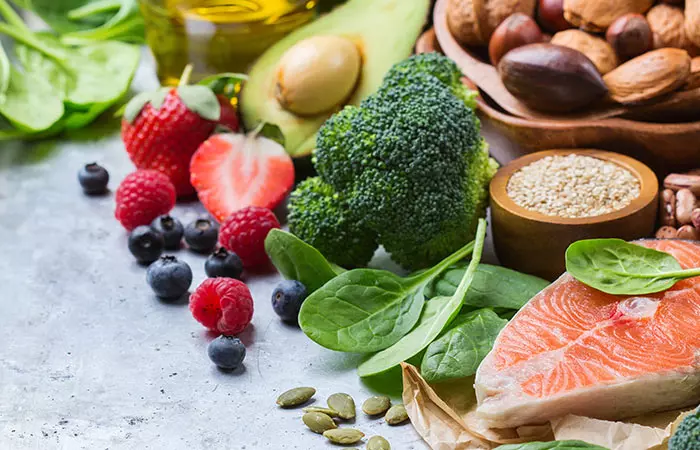
To Consume
The rice diet is quite restrictive. On this diet, you will be consuming:
- Fresh fruits
- Vegetables
- Low-salt beans
- Whole grains
- Lean protein
- Non-fat dairy
Miranda, a recipe-sharing YouTuber, explored the rice diet in one of her videos. The first day of her rice diet involved a grocery haul that primarily consisted of three pounds of rice. She explains, “Three days, three pounds of rice, which should last me three days, at least, that’s my goal (i).” Her diet primarily revolved around quick carbohydrates with limited fiber and fat content.
To Avoid
- Junk food
- Soda
- Bottled fruit juices
- Candies
- Milk chocolate
- Frozen food
- Deep-fried food
- Ready-to-eat foods
- Refined flour, refined sugar, and trans fat foods
You will need to dump all the junk food and adopt better eating and lifestyle choices
. But, there’s one burning question. White rice or brown rice – what’s allowed in the rice diet? Find out in the next section.
White Rice Or Brown Rice?
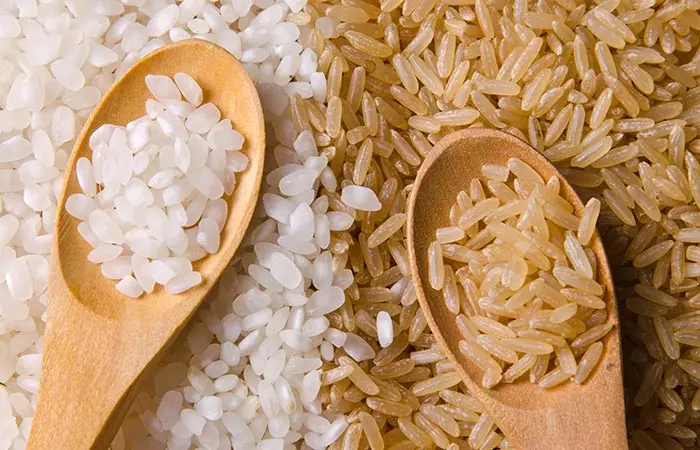
It depends. If you like having white rice, go for it! And if you choose to consume brown rice, you can do it. Brown rice is considered healthier as it contains more dietary fiber. Brown rice’s health benefits include supporting heart health and aiding digestion. But you may compensate for that by adding extra veggies to your bowl of white rice.
Taste-wise, white rice is certainly more palatable. But you might like the chewy texture of brown rice (it takes longer to cook and needs to be soaked for at least 20 minutes).
Dr. Kempner had advised consuming white rice as, at that time, white rice was widely consumed.
Now that you know what to eat and avoid, let’s get down to the toughest part – the diet itself. In the following section, I have broken down the diet into three phases. Follow the instructions for each phase, and you will smoothly glide through it. Take a look.
The Rice Diet Plan
Phase 1 – 800 calories
| Meals | What To Eat |
|---|---|
| Breakfast (8:00 a.m.) | 1 medium bowl of oatmeal with banana and chia seeds |
| Lunch (12:00 p.m.) | Rice + stir-fried veggies + baked fish |
| Snack (3:30 p.m.) | 300 mL freshly pressed fruit juice |
| Dinner (6:30 p.m.) | Grilled chicken and mushroom rice |
Phase 2 – 1000 calories
| Meals | What To Eat |
|---|---|
| Breakfast (8:00 a.m.) | 1 toast + ½ avocado + ½ small bowl of homemade ricotta cheese + 1 cup green tea |
| Lunch (12:00 p.m.) | Rice + stir-fried veggies + grilled chicken |
| Snack (3:30 p.m.) | 1 cup of mixed fruits |
| Dinner (6:30 p.m.) | Vegetable and fish sushi |
Phase 3 – 1200 calories
| Meals | What To Eat |
|---|---|
| Breakfast (8:00 a.m.) | A medium bowl of vegetable quinoa + 1 cup green tea |
| Lunch (12:00 p.m.) | Rice + stir-fried veggies + baked fish or fish curry |
| Snack (3:30 p.m.) | 1 cup buttermilk + 10 in-shell pistachios |
| Dinner (6:30 p.m.) | Low-fat chicken and mushroom risotto |
This is a sample rice diet menu you can try. Rice diet recipes are easy to prepare at home. Scroll down to learn simple recipes.
Miranda’s rice diet during this period included various accompaniments, such as vegetables and lean proteins. After consuming a meal, she commented on its taste, saying, “That was really good. This will probably become a staple for me.” Scroll down to learn simple recipes you can have on this diet.
Rice Diet Recipes
Grilled Chicken
Ingredients
- 2 pounds of boneless, skinless chicken breasts
- 2 tablespoons of olive oil
- ½ teaspoon of kosher salt
- 1 teaspoon of chili powder
- ½ teaspoon of ground cumin
- ¼ teaspoon of ground black pepper
- ½ teaspoon of onion powder
- ¼ teaspoon of garlic powder
- 1-2 tablespoons of fresh lime juice
- 1-2 tablespoons of chopped cilantro
How To Prepare
- Preheat the grill on medium-high heat.
- Mix the salt, pepper, cumin, chili powder, onion, and garlic powder in a small bowl.
- Drizzle the olive oil and rub the seasoning on both sides of the chicken.
- Grill and cook for about 15 minutes total, flipping over the chicken halfway through.
- Squeeze fresh lime juice over the chicken and sprinkle chopped cilantro before serving.
It is a tough diet to follow
. So, it’s best to follow it for not more than two weeks. The rice diet has undergone modification as the nutritional requirements, food habits, and scientific views on food and nutrition have changed. Here are the new rice diet guidelines laid out by Kitty Gurkin Rosati and Dr. Robert Rosati.
Consume (per day):
- 1000 calories
- 22 g fat
- 5.5 g saturated fat
- 500-1000 mg sodium
- 0-100 mg cholesterol
Apart from changing your diet, you may do the following to improve your health.
What Else To Do To Improve Your Health?

- You must take care of your sleep pattern. Sleep deprivation is one of the causes of toxin build-up in the body. The harmful free oxygen radicalsi Highly reactive molecules produced in the human body that cause several health problems. alter your DNA and cause numerous health problems, including obesity, diabetes, and heart disease (3).
- Meditate for at least five minutes a day. Increase the duration as you become more comfortable.
- Avoid alcohol. You may consume 30 mL of wine once a week.
- Workout regularly. You will start seeing a change in your mood and energy levels from the very first day you exercise.
- Drink at least two liters of water per day. You may add citrus fruits, mint leaves, ginger, and cucumber to make your bottle of water more palatable.
- Eat at regular intervals. Going on a hunger strike will only weaken your bones, muscles, and brain function.
It is clear that, along with diet, you must follow a healthy lifestyle to keep yourself fit and happy. But, for that, you can follow a diet that’s not so restrictive. Try intermittent fasting – it works like magic.
 Quick Tip
Quick TipWho should follow the rice diet? Find out next.
Who Should Follow The Rice Diet?
You may follow this diet if:
- You have high blood pressure.
- You have diabetes.
- You have heart disease.
- You suffer from chronic renal failurei The loss of function in the kidneys due to diabetes or high blood pressure. .
- You have high cholesterol.
- You are gluten sensitive.
“Rice is indeed a food that is low in potassium, which is ideal for those with a higher potassium level in their bodies,” says Isaac Robertson, ISSA Certified Fitness Trainer and Nutritionist. However, he warns, “ Those who already have low potassium should try to avoid rice and have something with more potassium in it because the low quantity of it can be life-threatening.”
Note: Follow this diet ONLY IF your doctor gives you a green signal.
Before coming to a close, here are the benefits and side effects of the rice diet.
 Did You Know?
Did You Know?Benefits Of The Rice Diet

- May help reduce body fat.
- May help reduce cholesterol levels.
- May help lower blood pressure.
- May improve heart health.
- May protect from diabetes type II.
Miranda experienced a boost in energy during the initial phase of the diet. She says, “I really liked it, I had great energy.” However, she was also well aware of the lack of fiber and fat, which failed to keep her satiated. This led her to anticipate that her energy levels might not be sustained over the next two days. Learn more about the potential side effects of following this diet below.
Side Effects Of The Rice Diet

- May cause nutritional deficiencies.
- You may get bored of the diet and feel starved.
- You may feel irritated.
- May cause nausea.
- May lead to weakness.
NASM Fitness Nutrition Specialist and Precision Nutritionist Counselor Matthew Scarfo suggests consuming enough fat and protein on a rice diet. He warns, “The diet doesn’t allow for much protein or fat, which can cause trouble for some individuals. Women in particular, should get between 20-35% of their daily calories from fat, as dietary fat is essential in hormone production.”
While the rice diet offers various health benefits, you should be mindful of its potential side effects and follow practical steps to implement it safely. Scroll down to know more.
Tips For Implementing The Rice Diet Safely
Here’s how you can safely implement the rice diet:
- Consult a doctor before beginning to make sure the diet fits your dietary requirements and medical concerns.
- Choose whole grains, like brown rice or wild rice, to get the most fiber, vitamins, and minerals.
- Follow portion guidelines to avoid excessive calorie restriction while maintaining sustainable weight loss.
- Drink enough water throughout the day to support digestion and prevent dehydration.
- Ensure you get enough critical minerals through whole meals because the diet is naturally low in salt.
- Include high-fiber fruits to meals to improve digestion and general health.
- Stick to whole, minimally processed ingredients to maintain the integrity of the diet.
- Adjust your portions or seek professional advice if you feel weak, tired, or dizzy.
Infographic: The Rice Diet: Foods To Consume And Avoid
Rice can lower cholesterol and blood pressure and help in reducing hypertension and reduce the risk of heart disease and diabetes, so it is crucial to include rice in your diet. However, you should follow the dos and don’ts and avoid consuming certain foods on a rice diet. The infographic below provides a round-up of the foods to eat and avoid during the diet. Scroll down and check it out.
Some thing wrong with infographic shortcode. please verify shortcode syntax
Dr. Walter Kempner devised the rice diet in 1939 as a low-calorie, low-sodium diet. Foods high in complex carbohydrates, minimal dairy, and low sodium are part of this diet. Rice diet is good for people with high blood pressure, diabetes, and heart diseases. It is, however, an extremely restrictive diet. You can follow the rice diet only when you have a health issue that necessitates it, and no other diet would suffice. If you are looking for a diet that will help you lose weight, the rice diet might not be the best option. So, speak to your doctor before you decide to be on this diet.
Frequently Asked Questions
What adjustments can be made for vegetarian or vegan followers of the rice diet?
For vegetarians, replace the meat with plant-based protein sources like tofu, tempeh, or lentils. For vegans, ensure the recipe does not contain animal-derived ingredients, such as dairy or eggs. Use plant-based milk alternatives and vegan cheese substitutes to maintain a balanced and satisfying meal.
How much weight can you lose eating rice?
By eating rice in moderation and practicing calorie restriction and exercise, men can approximately lose 30 pounds and women may lose 20 pounds in about 10 weeks. However, the weight loss varies from person to person.
Is it ok to eat rice every day?
Yes, it is ok to eat rice every day in moderation. If consumed in excess, it may increase the risk of type 2 diabetes and cardiovascular disease.
Are eggs and rice healthy?
Yes, eggs and rice are healthy. They are a perfect balance of carbohydrates and protein. However, consume in moderation to avoid any negative side effects, like weight gain.
Which is the healthiest rice?
Brown rice and wild rice are considered the healthiest forms of rice.
Is pasta healthier than rice?
Whole wheat pasta is a healthier choice compared to rice. However, rice is a better alternative to refined pasta.
Is rice healthier than bread?
Rice (especially brown rice) has more minerals and vitamins that are not present in bread. However, if you are aiming for low calories and carbohydrates, whole grain bread is a better choice.
Is rice anti-inflammatory?
Brown and wild rice exhibit anti-inflammatory properties. They are rich in fiber that aids in reducing the inflammation. However, white rice does not contain fiber and may not help reduce inflammation.
Is a rice and beans diet plan healthy?
Yes, a rice and beans diet plan is healthy as it is rich in fiber, protein, and other essential vitamins and nutrients. According to a study, consuming rice with pinto, dark red kidney, or black beans may help reduce glycemic response in adults with type 2 diabetes (4).
Some thing wrong with illustration image shortcode. please verify shortcode syntaxDiscover the amazing health benefits of rice with this informative video. Check it out and learn how this versatile food can help you stay healthy and fit.
Personal Experience: Source
StyleCraze's articles are interwoven with authentic personal narratives that provide depth and resonance to our content. Below are the sources of the personal accounts referenced in this article.
i. I TRIED THE RICE DIET….. Was this a mistake!? High Carb Weight Loss using The Rice Diet Phase 1https://www.youtube.com/watch?v=VD1r0X9Mji8
References
Articles on StyleCraze are backed by verified information from peer-reviewed and academic research papers, reputed organizations, research institutions, and medical associations to ensure accuracy and relevance. Read our editorial policy to learn more.
- Rice in health and nutrition
https://www.researchgate.net/publication/287284991_Rice_in_health_and_nutrition - Difference Between Simple and Complex Carbohydrates
https://www.researchgate.net/publication/320583094_Difference_Between_Simple_and_Complex_Carbohydrates - Free Radicals Antioxidants in Disease and Health
https://www.ncbi.nlm.nih.gov/labs/pmc/articles/PMC3614697/ - Bean and rice meals reduce postprandial glycemic response in adults with type 2 diabetes: a cross-over study
https://www.ncbi.nlm.nih.gov/pmc/articles/PMC3489574/
Read full bio of Alexandra Dusenberry
- Matthew Scarfo is an NASM certified Fitness Nutrition Specialist and Precision Nutritionist Counselor with 19 years of experience. He is an endurance athlete, ultra runner, optimist, and infinite thinker who aims to contribute as much as he can to enrich his clients' lives.
 Matthew Scarfo is an NASM certified Fitness Nutrition Specialist and Precision Nutritionist Counselor with 19 years of experience. He is an endurance athlete, ultra runner, optimist, and infinite thinker who aims to contribute as much as he can to enrich his clients' lives.
Matthew Scarfo is an NASM certified Fitness Nutrition Specialist and Precision Nutritionist Counselor with 19 years of experience. He is an endurance athlete, ultra runner, optimist, and infinite thinker who aims to contribute as much as he can to enrich his clients' lives. - Julius Cermak is a nutritionist and naturopathic herbalist with a strong passion for herbal and plant medicine. He graduated from the Technical University of Liberec and has a diploma in Herbal Medicine from CNM College of Naturopathic Medicine.
 Julius Cermak is a nutritionist and naturopathic herbalist with a strong passion for herbal and plant medicine. He graduated from the Technical University of Liberec and has a diploma in Herbal Medicine from CNM College of Naturopathic Medicine.
Julius Cermak is a nutritionist and naturopathic herbalist with a strong passion for herbal and plant medicine. He graduated from the Technical University of Liberec and has a diploma in Herbal Medicine from CNM College of Naturopathic Medicine. - Isaac Robertson is an ISSA and CISSN certified professional in fitness and nutrition with more than a decade of experience. He is the co-founder of Total Shape and has helped hundreds of people lose weight, get in shape, and maintain their healthy lifestyles through proper training and eating habits.
 Isaac Robertson is an ISSA and CISSN certified professional in fitness and nutrition with more than a decade of experience. He is the co-founder of Total Shape and has helped hundreds of people lose weight, get in shape, and maintain their healthy lifestyles through proper training and eating habits.
Isaac Robertson is an ISSA and CISSN certified professional in fitness and nutrition with more than a decade of experience. He is the co-founder of Total Shape and has helped hundreds of people lose weight, get in shape, and maintain their healthy lifestyles through proper training and eating habits.
Read full bio of Ravi Teja Tadimalla
Read full bio of Payal Karnik








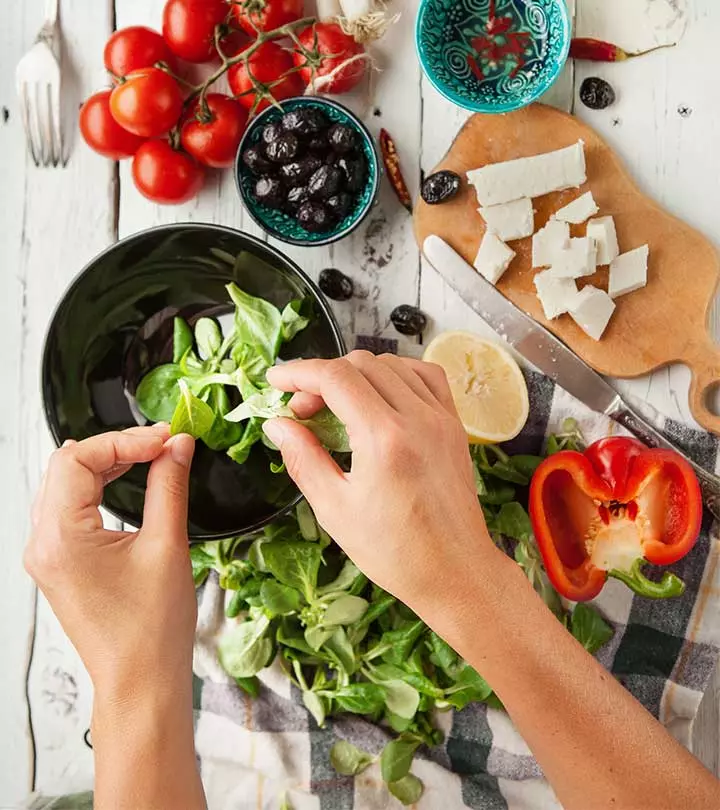
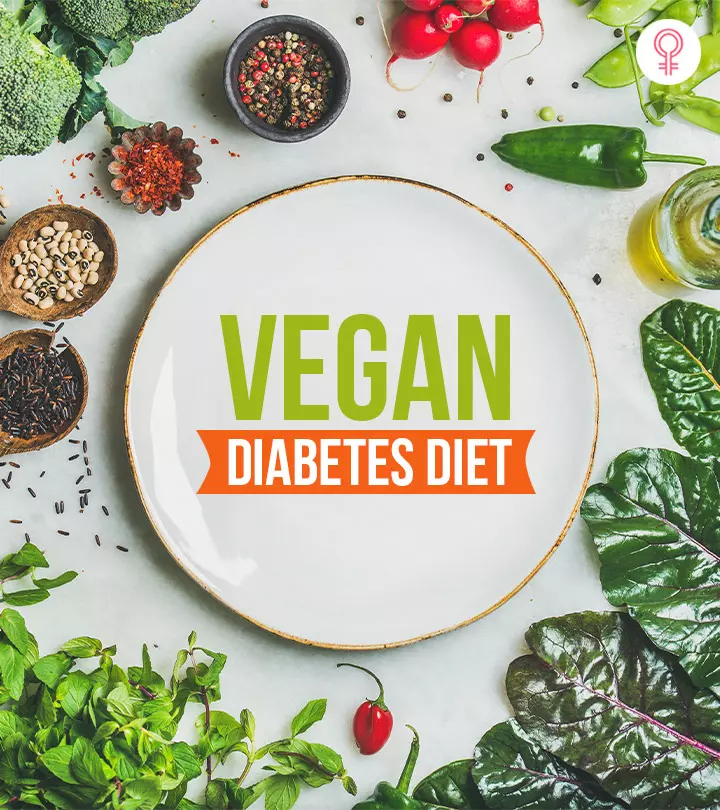
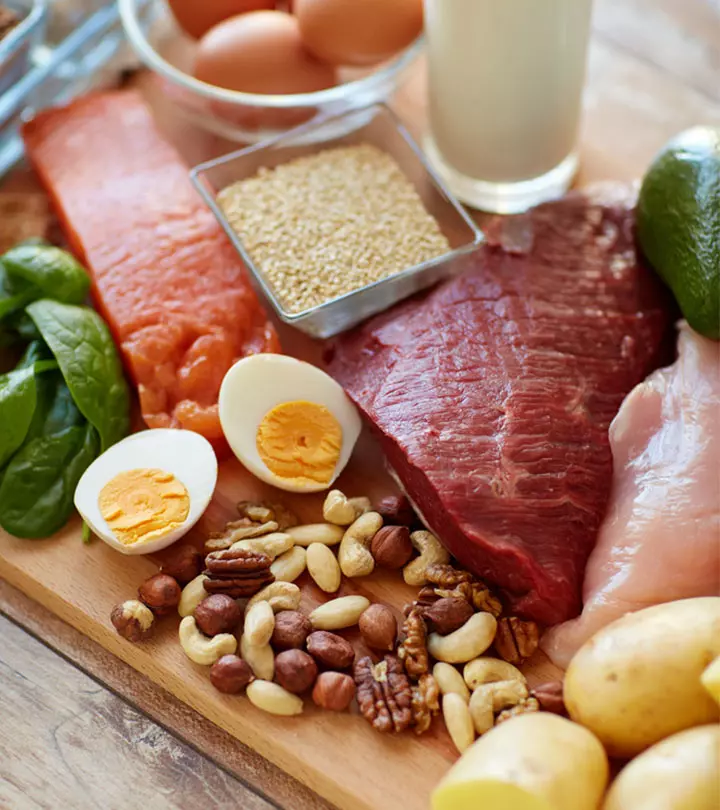
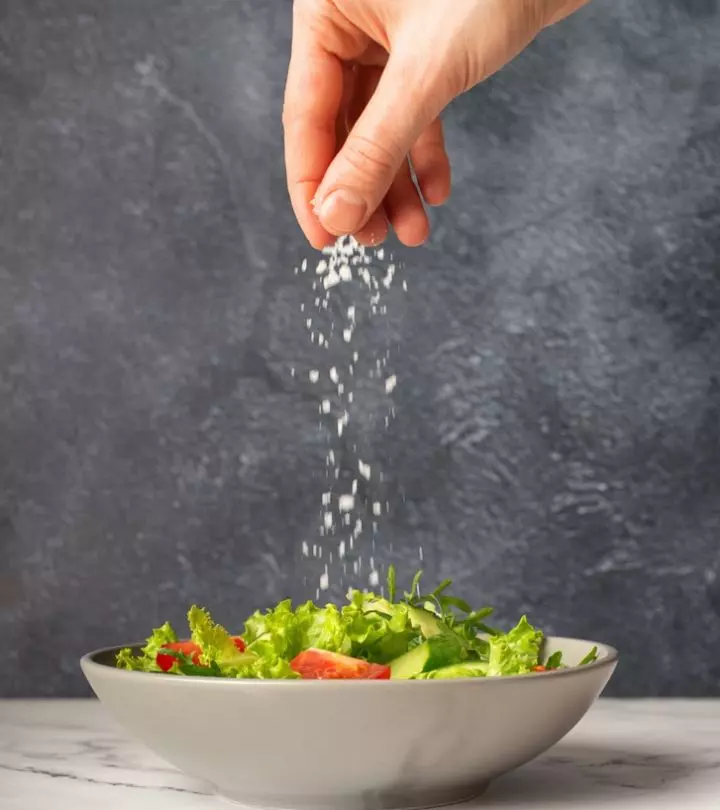

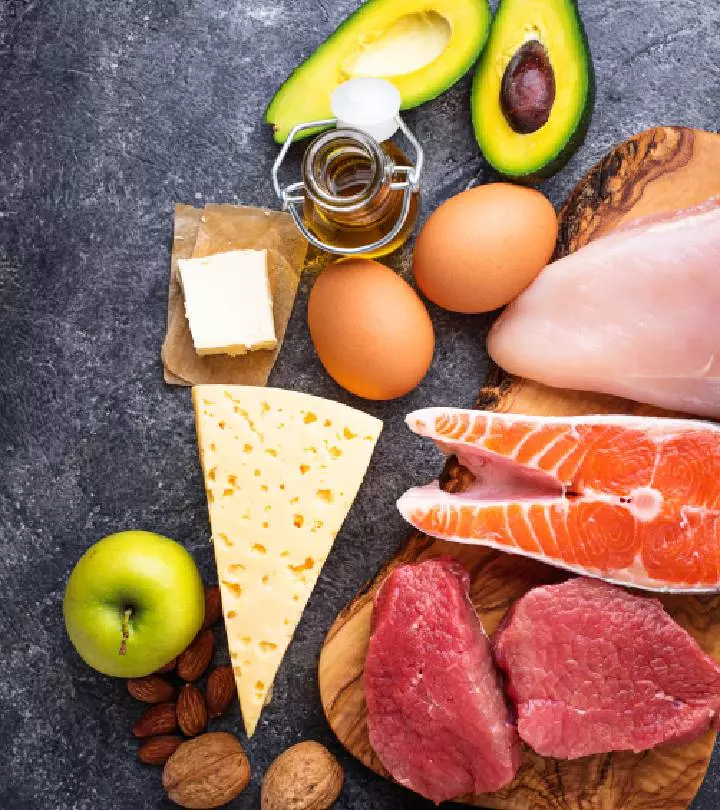
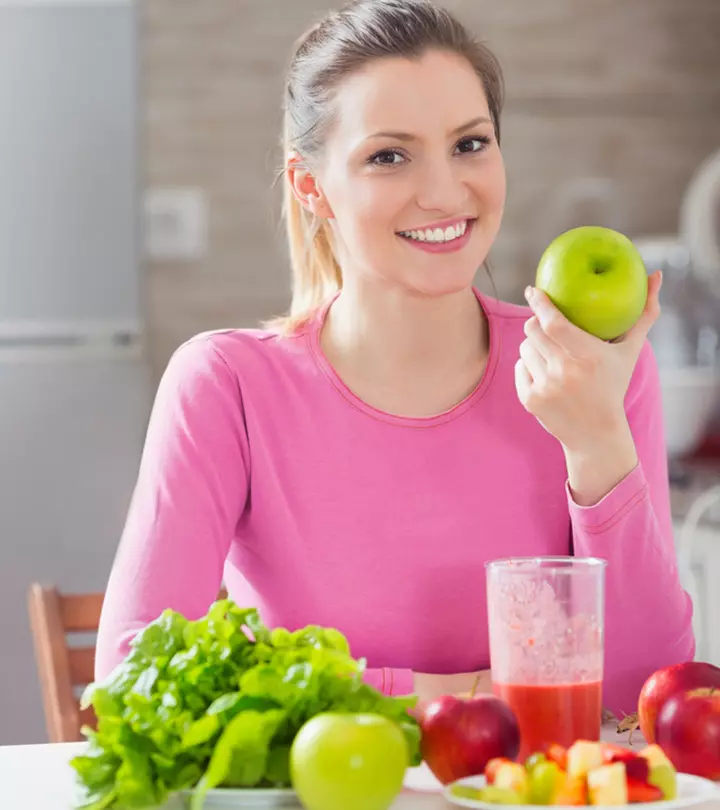



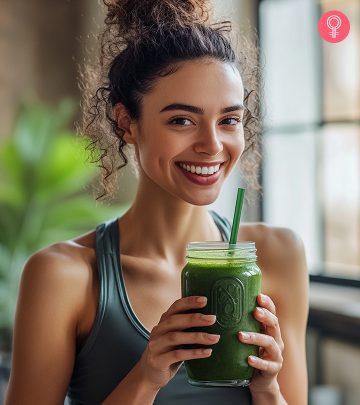
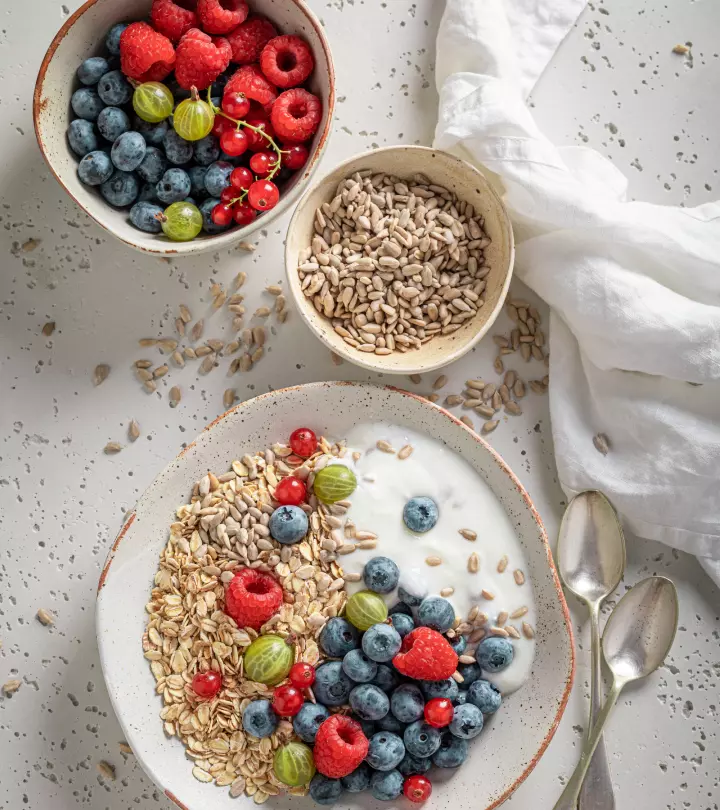

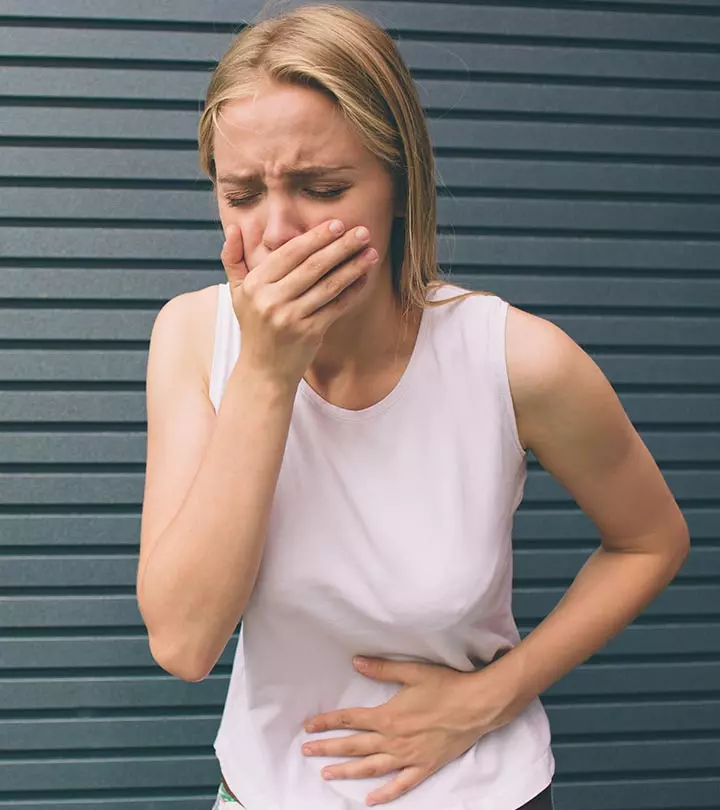

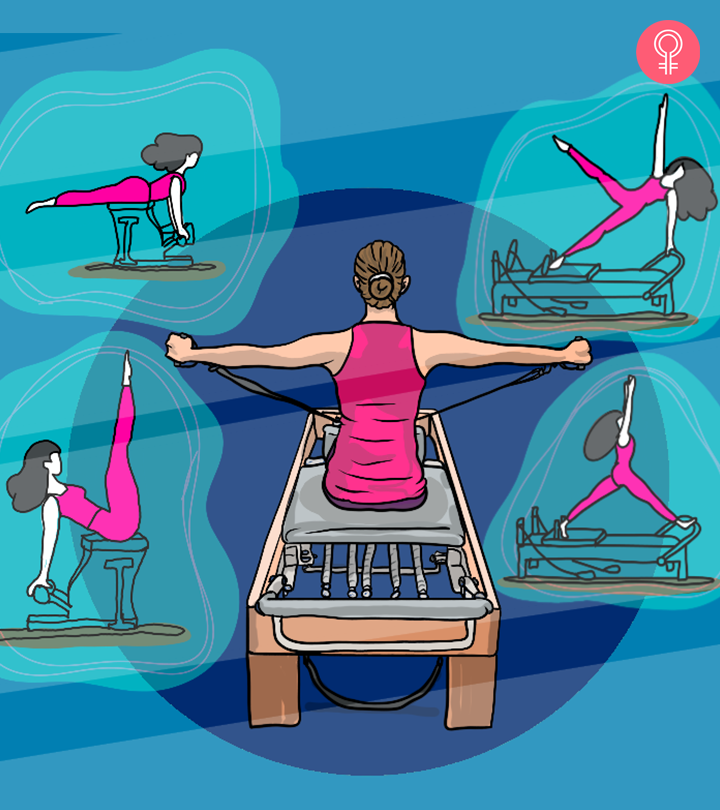
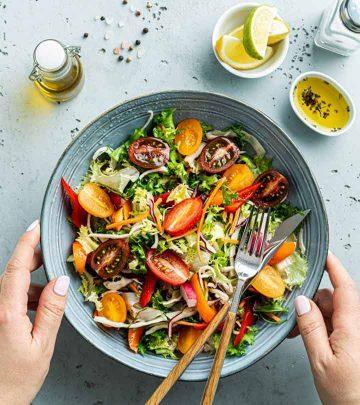
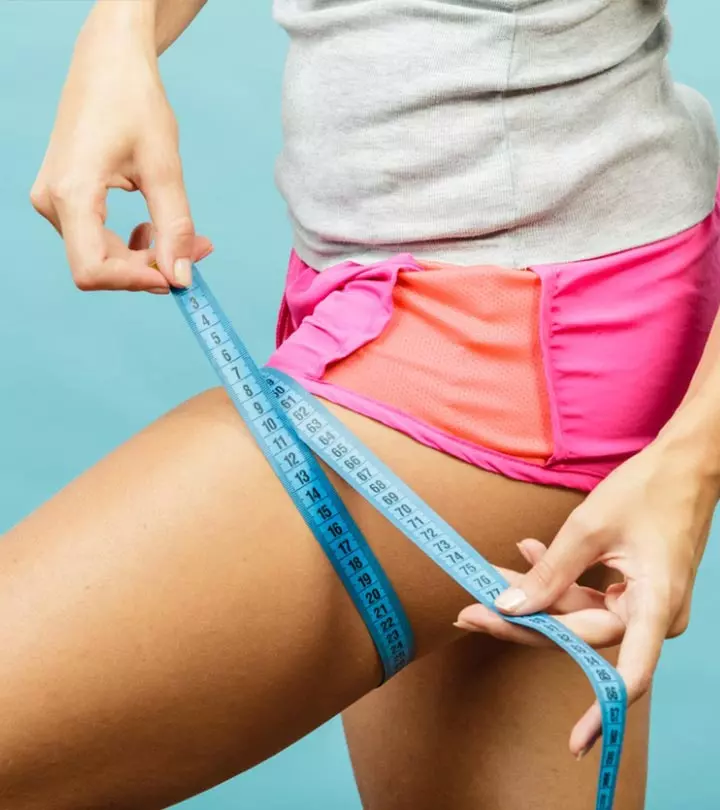
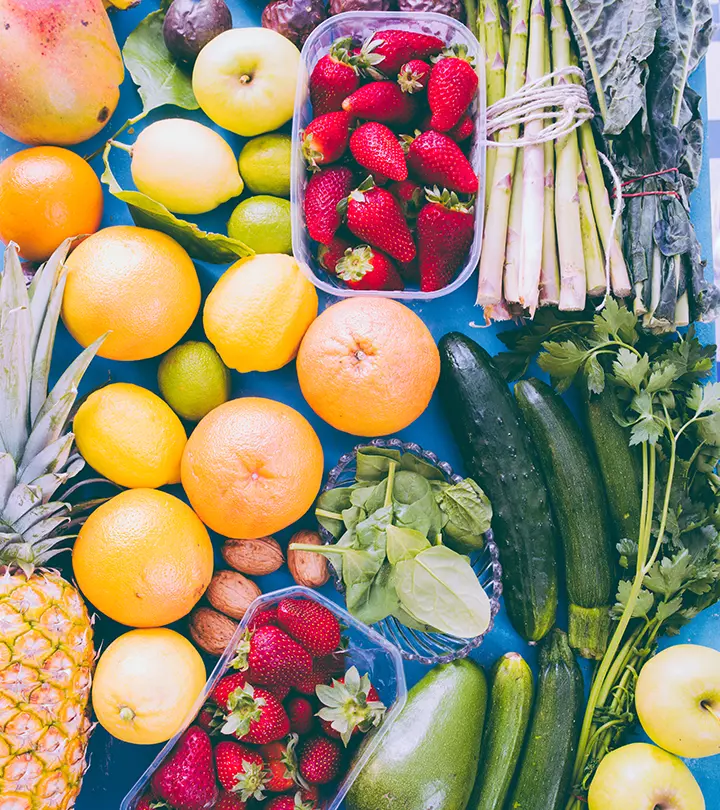
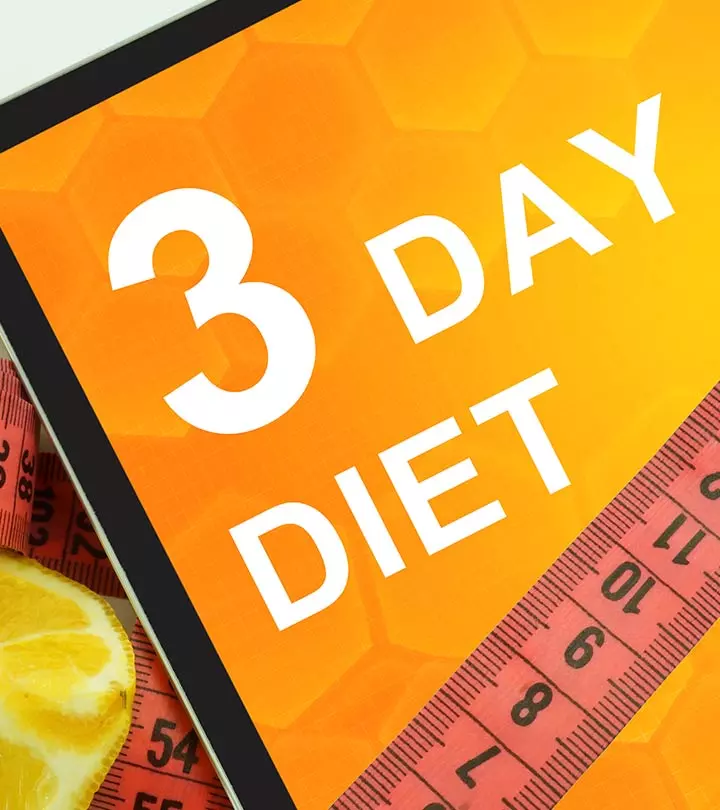
Community Experiences
Join the conversation and become a part of our empowering community! Share your stories, experiences, and insights to connect with other beauty, lifestyle, and health enthusiasts.